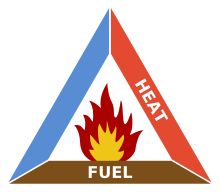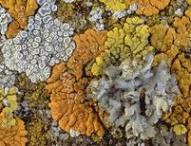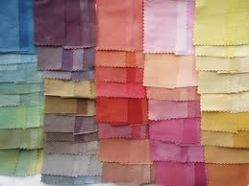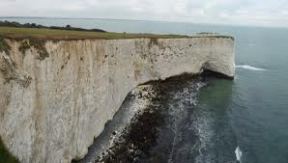Different types of logs
Why do different types of logs burn differently?
Hardwoods are generally better for burning than softwoods. Hardwoods are produced by slow-growing deciduous trees therefore the logs have a greater density than the faster growing softwoods from evergreen trees. Since hardwood logs are heavier than the same sized softwood log they will provide you with much more heat output – up to 50%.

However, an argument suggests that the type of log isn’t important it is how long that the wood has been seasoned for. Some wood especially hardwood needs to be seasoned for over a year e.g. oak. Wood seasoning refers to the drying out of wood in preparation for burning. Wood needs to be free from moisture in order to perform. Burning damp or green wood causes loss of energy due to evaporation. If a 50% wet log is burnt at high temperature, with good heat extraction from the exhaust gas leading to a 100°C exhaust temperature, about 5% of the energy of the log is wasted through evaporating and heating the water vapour. Burning green wood is not as efficient as seasoned wood, it can cause a lot of smoke and it is a large waste of energy. Oak is an example of an effective hardwood and needs to be seasoned for over a year in order to get the maximum potential from the wood.
When we created fire at the fire circle in Seeley Copse, it did not matter whether we were using seasoned or green wood as we were using wood taken from the environment for a simple purpose to keep us warm therefore it was not an important factor. However some people still live in houses relying on an open fire or a log burner. Firewood can be very expensive so people who live in these houses do not want to be wasting g money by burning green wood therefore it is essential that they understand how long their wood should be seasoned for in order to get the maximum heat and usage out of the wood.
Victoria Oakey
Bibliography
http://www.thestoveyard.com/pwpcontrol.php?pwpID=7115
http://www.mastersweep.com/wood.htm
image- http://www.frenchentree.com/fe-lavie/DisplayArticle.asp?ID=19397







